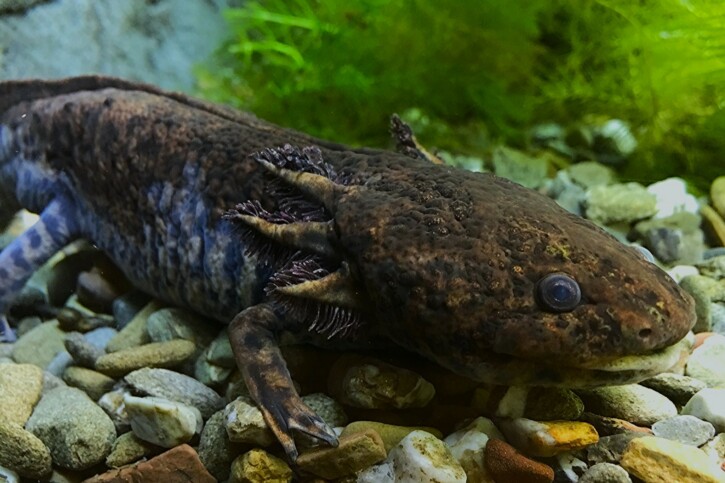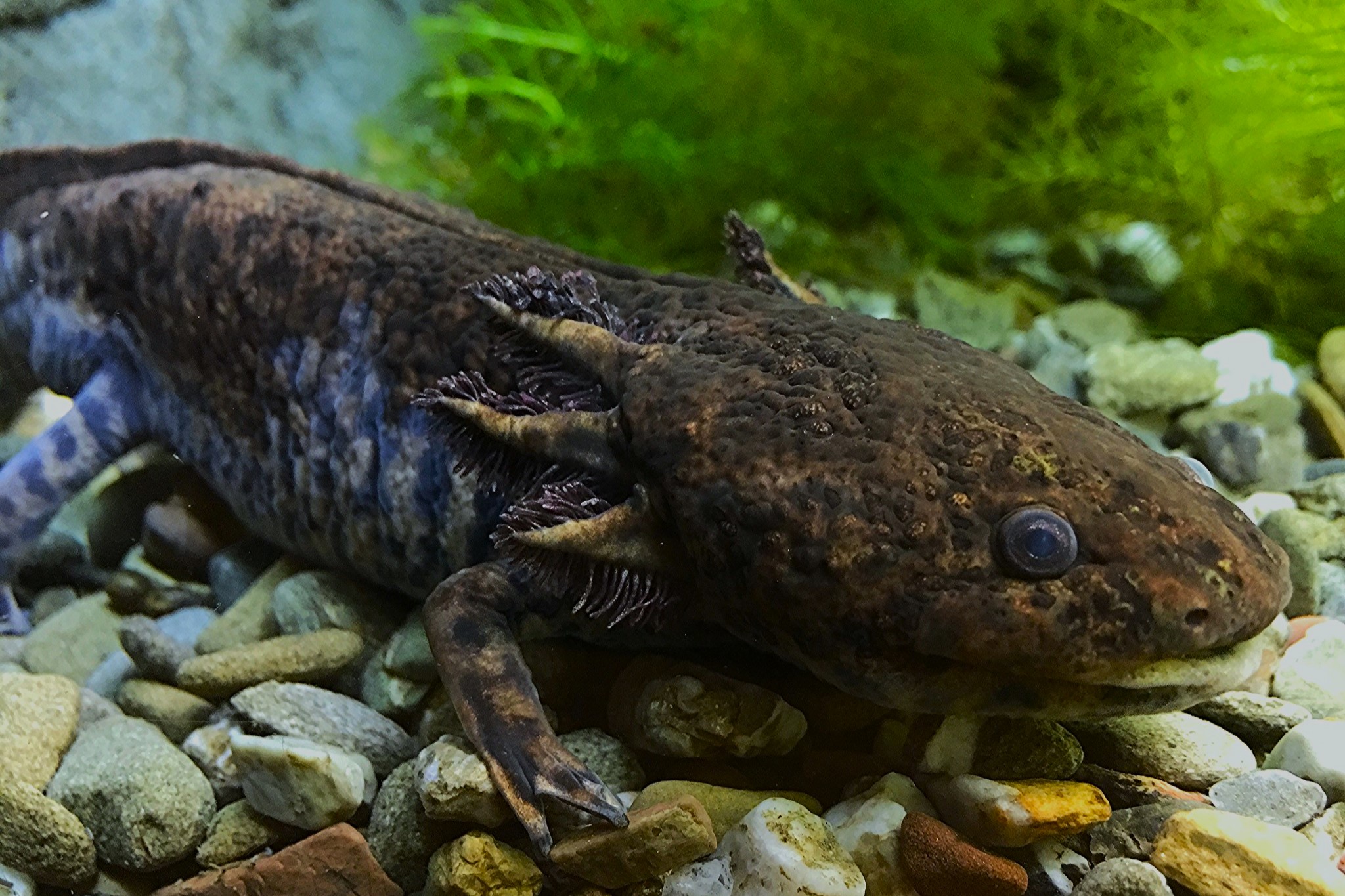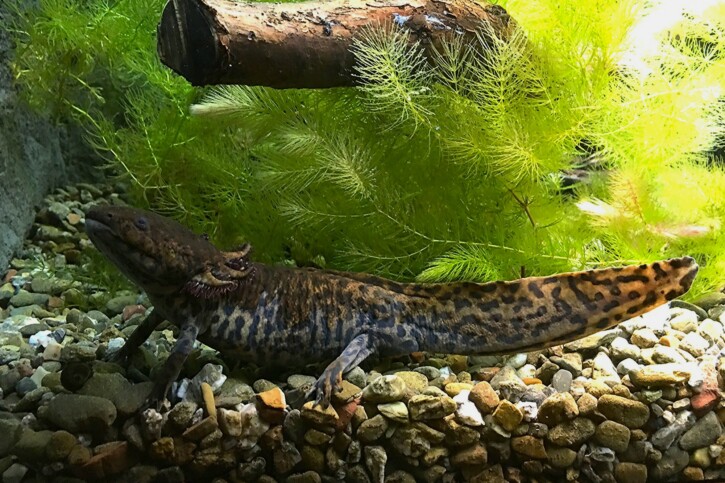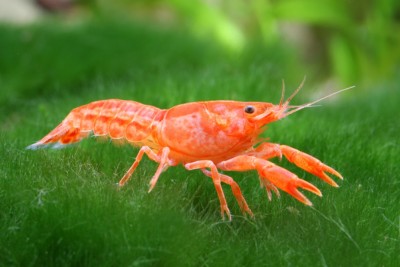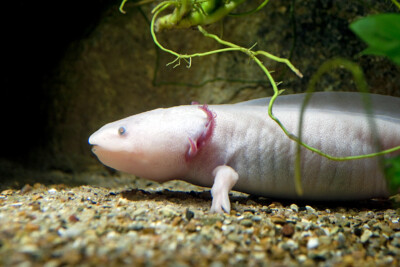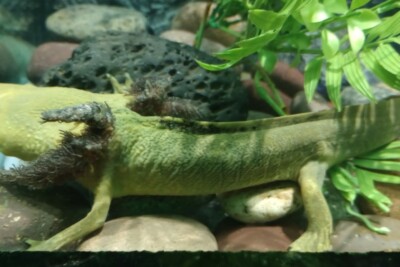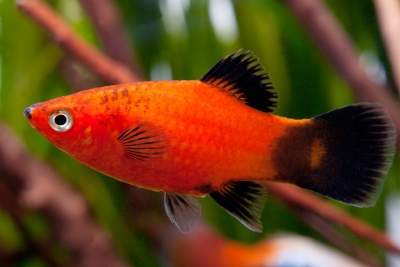Introduction
Ambystoma andersoni is a fresh water amphibian from the Central America.
This sheet is currently being prepared. The texts currently proposed come from our data model or are being drafted. To request priority for this content, you can write to us HERE.
Who is it?
Morphology
-
Size20 - 22 cm
-
Motiftasks
-
Longevity15 year
-
Size20 - 22 cm
-
Motiftasks
-
Longevity15 year
How to recognize this amphibian ?
Ambystoma andersoni measures between 20 and 22 cm. this amphibian is bicolore with a predominantly marron and beige body. The also has noir tasks.
Behaviour & Life cycle
-
Sociabilityliving in a group or alone
-
Way of livingnocturnal
-
VenomousNo
-
Dietpredator
Ambystoma andersoni is an amphibian living in a group or alone. This species is carnivorous . this amphibian lives mainly at night. Usually, it leaves its hiding place and starts to be active once it gets dark.
Although Ambystoma andersoni is non-territorial, it is sometimes aggressive towards other species.
Reproduction
-
Reproductionovipare
Ambystoma andersoni is an amphibian ovipare.
Harmless species
This species does not represent any particular threats to humans when encountered in its natural environment.
Origin and distribution
What is its habitat?
Natural environment characteristics
-
Temperature6 - 20 °C
-
FlowStagnant
Biotope presentation
The acidification of water comes from the decomposition of plants. This phenomenon changes the color of the water, which tends to turn brown. In some areas particularly rich in organic matter, the water is so dark that it is called "black water".
Ambystoma andersoni is most often found at a depth between 0m and 2m. However, it is not impossible to find this species at other depths. This animal evolves in areas characterized by a strong presence of vegetation (aquatic and marsh plants, decaying organic matter, roots...).
This species lives near large roots, in which it can find refuge in case of danger. This type of habitat is often found not far from the banks.
Species of the same biotope
To go further
Sources & Contributions
Participation & Validation
The Fishipedia team and specialist contributors are committed to providing high-quality content. However, although the information comes from scientific sources or testimonials from specialists, the cards may contain inaccuracies.

Adrien Falzon
Translation
Translation done with the valuable contribution of our translators, who make this information available to a wider audience. We sincerely thank them for their commitment.
Scientific partners
Same genus
Species of the same biotope
